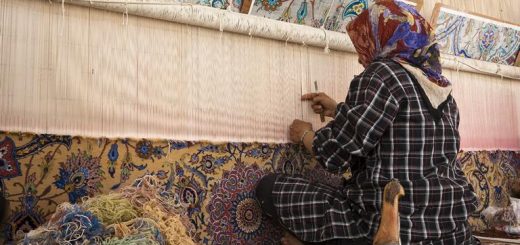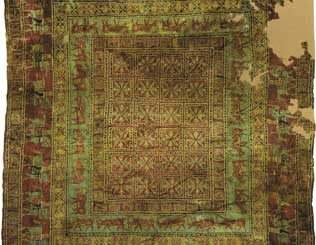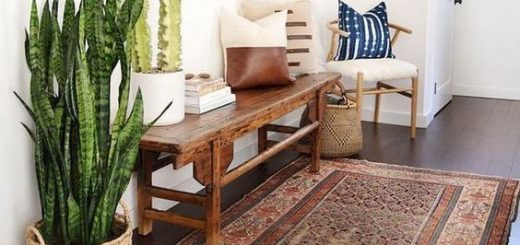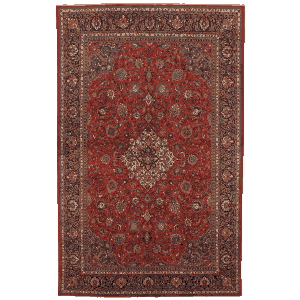The History of Oriental Carpets
From the day they first appeared in Europe they have become a social and economic status symbol. But before carpets reached our continent from Asia, in their native countries they had served as symbols of beliefs and convictions. They were also among the richest decorations to adorn the palaces of kings, rulers and those of noble birth.
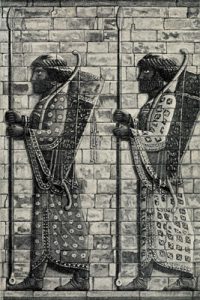
Ceramic frieze from Achaemenid dynasty era, from the palace of Darius in Susa.
The oldest and best-preserved carpet comes from Pazyryk valley in Altai mountains. It was woven in the fifth century BC, which means that in has survived over 2500 years in a good condition! It is a near-square, with 2-meter long sides and it is woven with 3600 knots per square decimetre. It probably belonged to one of the Scythian leaders as it was found buried in his tomb along with many other priceless gifts. The late leader also took wih him 50 of his finest warriors to protect him on this last trip. However, the Pazyryk carpet is not the most elaborate rug we have found from this period. There is an even greater masterpiece whose piece is held today in Hermitage and which has an impressive number of 4900 knots per square decimeter.
The fall of Babylon, or carpets thousands of years old
The history of oriental caprets is even longer than the lifespan of its oldest preserved piece. Ancient manuscripts tell us that Greek philosophers Herodotus and Xenophon already in the fifth century BC have been fascinated with carpets. What is also sure, is that carpets were considered to be the attributes of kings already many centuries ealier. The cruel Asurbanipal, the king of Assyria who reigned in the seventh century BC was clearly enamoured by carpets. On one hand he was the first Asyrian king who could read and write, and on the other he conqured Egypt and Babylonia and hanged the head of his enemy, the Elamite King, on one of the gates of Nineveh. In this town in his palace Asurbanipal had wonderfully adorned walls and a floor made of dirt which, without doubt, was covered in a thick layer of carpets during his reign.
The conquest of the Byzantine Empire, signed with a carpet
Japanese archeologists made an interesting discovery in the rock caves of Iraq. There, they found human remains buried in the years 250-650 AD together with carpets which were probably intended to cover the noble dead. Today we are still intrigued by the fact that the carpets were both bound and trimmed on both sides. A similar technique was used in the weaving of carpets made from III-IV century AD, the fragments of which were found in Lop-Nur in eastern Turkestan, which lies on an important, ancient caravan route.

This garden is located in Mahun, near Kermanu. Places like this could have inspired artists creating carpets in the Safavid era.
Numerous beautifully preserved carpets come from the thirteenth century, but there are a few older artifacts depicting the of art of weaving. Baharestan, a unique carpet kept in the royal palace in Ktezyfont, the capital of the Sassanid Persia, made to commemorate the victory over Biznacjum (540 AD) is praised in numerous literary accounts. It has even been graced with its own poetic fairy tale. It tells the story of how the carpet – decorated with precious stones, woven with gold and silver threads – brought pleasure to the King of Persia during the winter days, reminding him of the days spent hunting in the forests filled with the rays of the summer sun.

